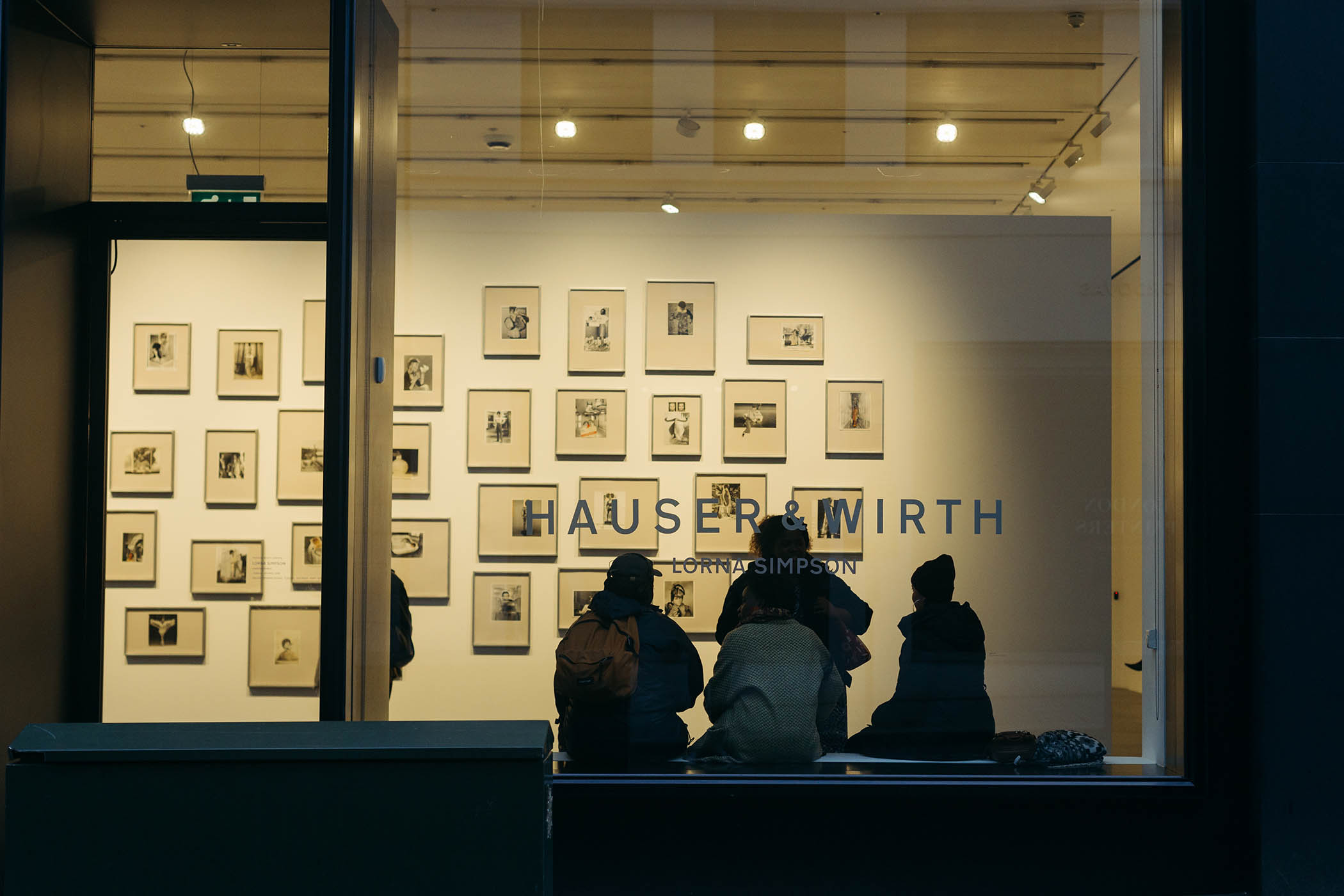It’s been a year of grim news for the art market: dozens of galleries have closed across London, New York and beyond, following a 15% slump in global art sales from a height of $67.8bn after the Covid-19 pandemic.
Some of the biggest drops have come at the top end of the “secondary”, or resale, market. Spooked by global economic uncertainty, collectors have held on to their most valuable works. For those looking to buy a sculpture or painting valued in the hundreds of thousands or millions of pounds, supply has not been able to meet demand.
Filings made to Companies House in late September showed an almost 90% drop in profits at the UK subsidiary of Hauser & Wirth, from £9.3m in 2023 to £1.2m last year. The global mega-gallery, which has 18 locations across six countries, including a London flagship and a campus in Somerset, attributed the decline to its secondary market sales. It would not comment on its financial performance, but reported a 27% increase in commissions it receives for “primary market” sales of work by the artists and artist estates it represents. In a statement to the Financial Times, Hauser & Wirth characterised its global performance as “aligned” with the previous year’s “successful performance”.
“The sale of the right Picasso can be enough to make up for a significant decline in the sale of lower value, high volume work,” said Kabir Jhala, art market editor at The Art Newspaper. By the same token, a large drop in revenue could result from the sale or one or two fewer high value, secondary market works.
David Zwirner, another global powerhouse gallery, reported a nearly 90% drop in pre-tax profits and a more than 30% decline in revenue at its UK subsidiary, which operates out of a townhouse on London’s Savile Row. There, too, the numbers may paint a more complicated picture .
“The change last year was less to do with challenges in the art market – though those challenges do exist. Instead, it was more to do with the programming of the London gallery,” Angela Choon, Zwirner’s senior partner in London, told The Observer.
“Since we think about our gallery’s exhibition programming from a global perspective over a multiyear period, some years take on a more academic and potentially less commercial focus than other years.”
Britain’s share of the global market has declined from a high of 34% in 2008 to 18% last year, compounded by factors such as Brexit and the flight of former “non-doms”. Galleries that operate in multiple countries often shift sales from one place to another. It’s an accounting practice as much as a way to meet clients where they are – and when the UK market outlook isn’t strong, there may be nowhere better to take the hit.
“In London, it’s definitely quieter than usual – people are playing it very safe and it’s become a real buyer’s market,” said Cecilia Brunson, whose Bermondsey gallery specialises in contemporary and historical art from Latin America, including secondary market work. Collectors at the top end aren’t choosing to buy at lower price points either, she says. “These are luxury market collectors – if they can’t afford to continue buying Chanel, they'd rather pause their spending than hit the high street.”
Some consider it more of a course correction than a crash. “Price points got so out of control [after the pandemic] that they didn't make any sense to most collectors,” says Jhala. “So now the galleries are trying to work out how big a discount they can afford to offer their collectors because publicly they can’t be seen to be lowering their prices.”
For art dealers playing the long game, even a buyer’s market may be better than a bubble.
This article has been amended since publication.
Photograph by Getty Images

